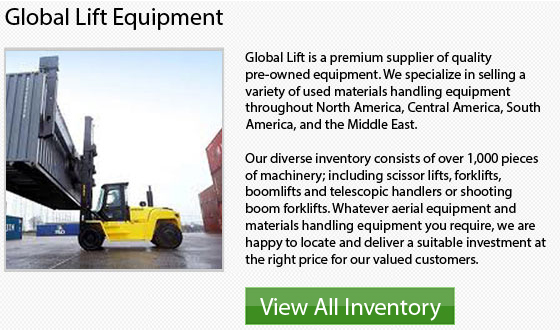
Forklift Tire Specs
Forklifts have been an important device in commercial businesses and industry since 1917. During its history the forklift has changed through various forms, from a simple tractor with a platform attachment to a particular high-tech machinery. Forklift tires have also changed into particular tires, with various kinds designed to suit particular applications.
Cushion (Solid) Tires
Rubber or solid polyurethane are the kinds of materials utilized to make cushion tires. They are suitable for indoor work on surfaces that are smooth. The cushion tire tread is bonded or pressed onto the tire's steel ring. Cushion tires are rated for various load capacities and for ease of steering. Cushion tires are normally used in warehouse settings.
Pneumatic Tires
Air or foam is utilized to fill pneumatic forklift tires. They come in two types: bias or radial. Depending on the application, they are offered with different tread depths, weight and sidewall protection. Foam-filled pneumatic forklift tires maintain constant pressures and are less susceptible to punctures. Pneumatic tires are commonly utilized outdoors on surfaces that are uneven and rough.
Pneumatic Shaped Solid/Solid Pneumatic
Solid Pneumatic Hybrid tires combine the puncture resistance of a solid tire with the comfortable ride of a pneumatic tire. They are a good option to the outdoor pneumatic tire.
Large Rubber and Flotation Tires
Used on wheel loader forklifts are large rubber tires which can either be pneumatic, solid or foam. These types of tires are suitable for loading and transporting bulk things into processing equipment or onto trucks. Large flotation pneumatic tires are suited for masted rough terrain forklifts commonly utilized at auto recyclers, lumberyards and construction sites.